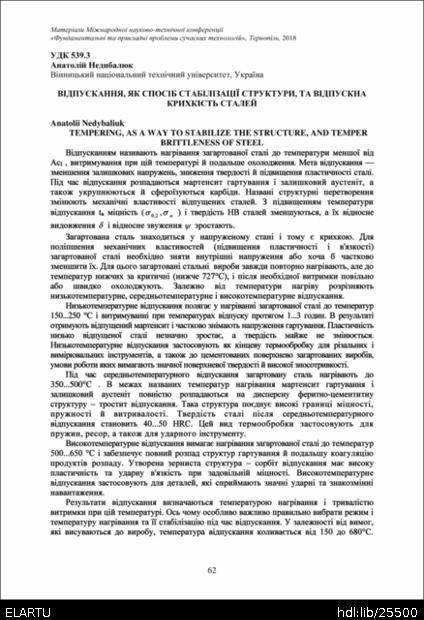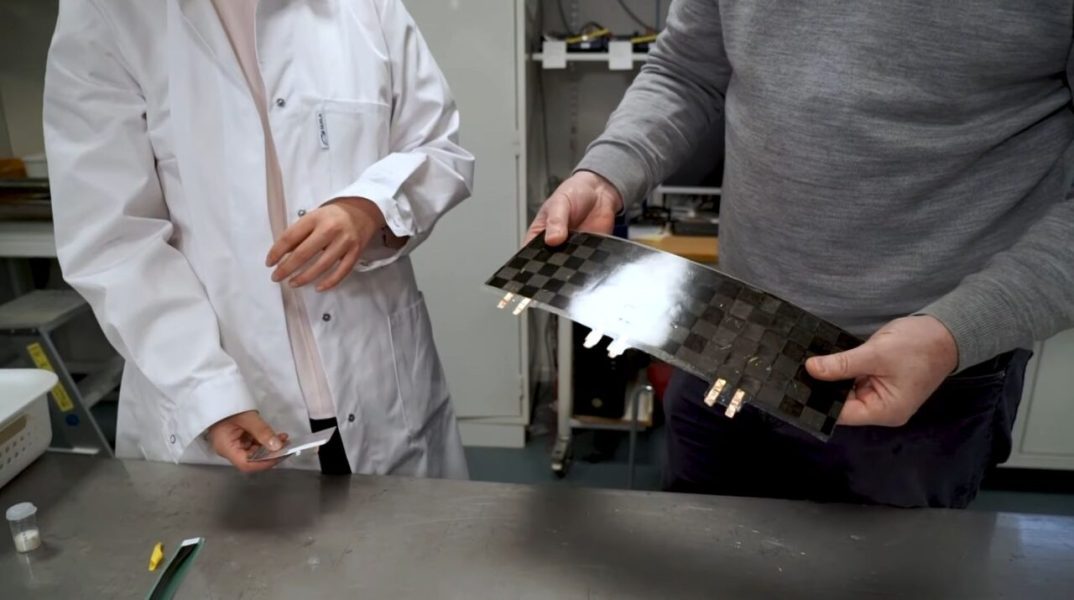
Chalmers University and KTH have created a flexible structural link. Low energy density, but potential
Structural elements are a new trend in battery production. Elements that until now were only ballast are transformed into elements that serve as the basis of a battery or even a car. And it is in this direction that scientists from two well-known Swedish universities of technology have followed: Chalmers University and the Royal Institute of Technology (KTH).
Flexible structural bonds thanks to composites. 0,024 kWh / kg now, plans are 0,075 kWh / kg
Structural bonds are sometimes called "massless", but this term should not be taken literally in the sense that is characteristic of elementary particle physics. "Massless" cells in a car are simply cells that are not extra ballast because they act as skeletons, reinforcements, etc. - essential structures in a car.
Created by Chalmers University and KTH, the cells consist of two electrodes: carbon fiber (anode) and lithium iron phosphate (cathode), between which is a glass fiber material saturated with electrolyte. Looking at the recording, we can say that all this is collected in one composite body:
This is how the link is created elastic and I'm on the electrodes voltage 8,4 volts (3x 2,8V). Scientists admit they have achieved energy density now 0,024 kWh / kg, which is more than ten times lower than in the best modern batteries (0,25-0,3 kWh / kg). However, if we remember that with classical elements it is necessary to add the weight of the modules and the battery case, the difference becomes “only” 6-8 times.
Junior modulethe modulus of elasticity of the structural link of the prototype is more than 28 GPa... For comparison: plastic, reinforced with carbon fiber, has a Young's modulus of 30-50 GPa, so the cell of the Chalmers University and KTH does not differ much from its classical counterpart.
Scientists want Reduce the size of the separator in the next step and replace the aluminum foil on the electrode with carbon fiber material. It is assumed that, thanks to these improvements, they will reach the level of 0,075 kWh / kg and 75 GPa.... And even if these types of cells are too expensive for use in automobiles, they can work well, for example, in aviation.
The first car with a constructive link was the Chinese BYD Han. This year they will or will appear in BYD Tang (2021), Mercedes EQS or Tesla Model Y, made in Germany and based on 4680 elements.
Launchpad: Chalmers Unviersity Prototype Structure Cell (c)

This may interest you:
